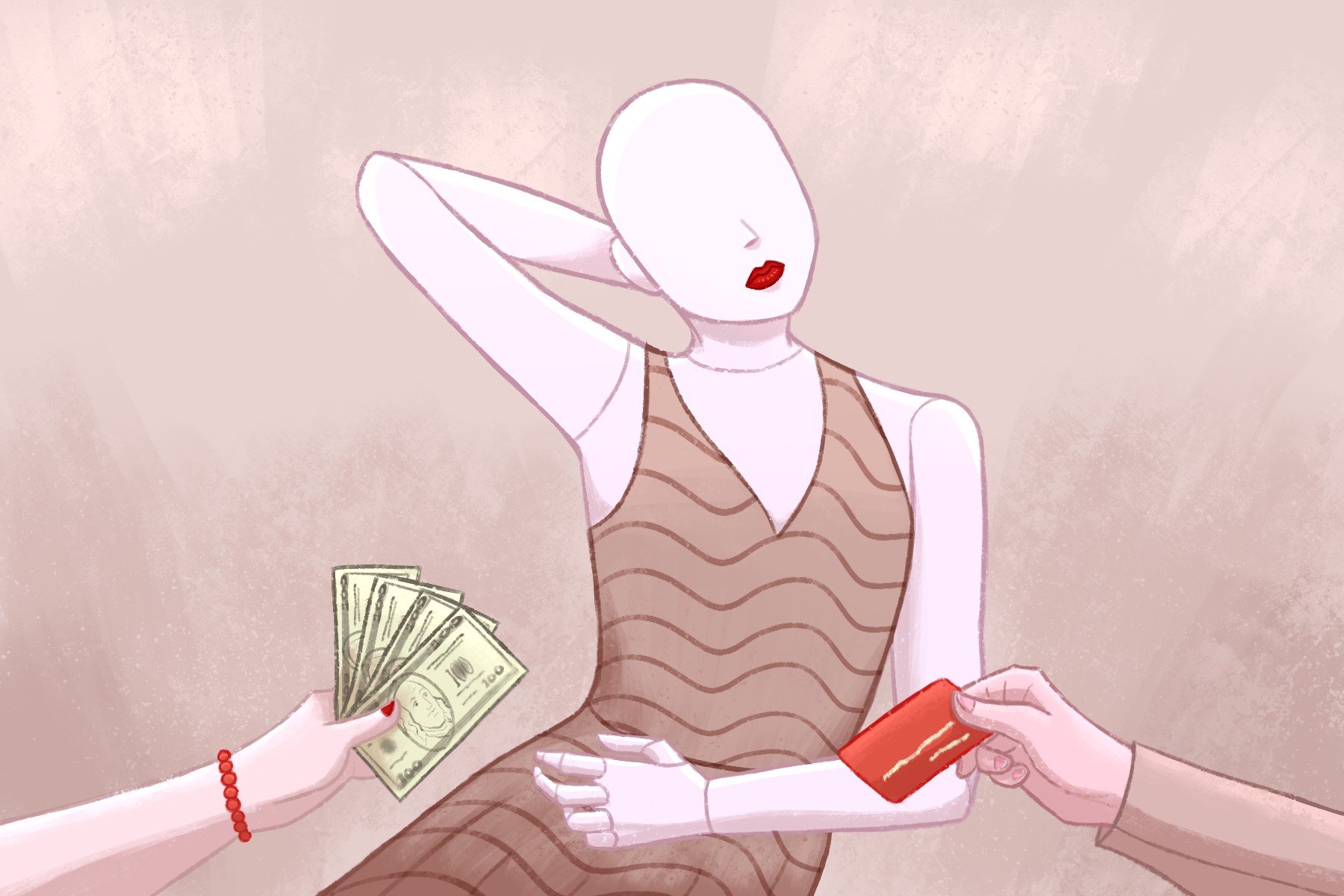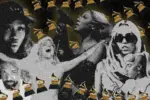U.S. Vogue simply plays it safe with covers that are easily replicated and consumable — and pedestrian. But this creative direction is intentional — because the U.S. Vogue magazine was made to cater to a rich, white audience who holds a rich, white gaze.
Like everything in the United States, Vogue covers are incredibly commercial. That’s to say, that when compared to the Vogue covers of China, Mexico, Hong Kong, Arabia, British Vogue and many, many more, U.S. Vogue fails to push the creative boundaries of its magazine. While U.S. Vogue continuously regurgitates itself, other outlets delve into experimentation. Vogue Arabia showcases an Alice in Wonderland-themed magazine and Vogue China dips into the avant garde.
The term “white gaze” was first popularized by writer Toni Morrison. In summary, the term presents the assumption that a creator will always try to cater to a white audience: “When writers craft stories, the assumed white (and often cisgender, heterosexual, male) audience that they are writing for and to is the white gaze in action.”
Whiteness dominates how people think and operate within our society.
Donyale Luna was the black person featured on the cover of Vogue in 1966 — the British Vogue cover, to be exact. U.S. Vogue would make history in 1972 with Beverly Johnson poised on their cover.
In the magazine’s 125-year history, Tyler Mitchell was the first black person to shoot the cover of the U.S. Vogue in 2016, at the personal request of Beyonce for her historic September issue.
This, of course, is in part because of who the editor in chief is: Anna Wintour. In the wake of the 2020 cultural, racial and political shift, Vogue had released an issue titled, “Hope” that featured a majority of Black artists, models and photographers, a first for the magazine.
In an internal email, Wintour had said, “I want to say plainly that I know Vogue has not found enough ways to elevate and give space to Black editors, writers, photographers, designers and other creators.”
And perhaps that holds weight.
However, according to the New York Times, under Ms. Wintour, “18 people said Vogue welcomed a certain type of employee — someone who is thin and white, typically from a wealthy family and educated at elite schools.”
The term, “That’s Vogue,” became synonymous with thin, wealthy and white.
Whiteness requires uniformity and conformity. Dinner etiquette was born from the wealthy, white gaze: class position and power gives birth to discrimination by way of being silently observed of certain behaviors. Corporate policies were born from the rich, white gaze: discriminatory practices that impact racialized employees.
Silence was born from the rich, white gaze.
In 1906, physician Julia Barnett Rice founded the Society for the Suppression of Unnecessary Noise for the simple reason that she believed noise was unhealthy. Alongside New York City’s gentry, she lobbied for rules governing steamboat whistles, and silence pledges from children who played near hospitals.
Rice insisted that she wasn’t just interested in protecting New York’s upper class: “This movement is not for the relief of the rich,” she wrote in The New York Times, “for the poor will benefit by it fully as much as, if not more than, those who can leave the city whenever they wish.”
Yet, Rice’s husband is notably the “the fellow who drove the first motorcar in Manhattan.” Was it the noise which bothered her or the source of that noise? By making it an everyman problem, Rice argued that everyone would benefit from the suppression of the working class.
Rich people are incredibly out of touch and incessantly lavish. And very boring, above all. When the world is forever an oyster and nothing ever disrupts this belief, rich people tend to only be interested in themselves.
As Alex N. Press says in “Rich People Are Boring,” “Without fetishizing hardship, one can observe that those whose every tribulation has been cushioned by enormous amounts of money don’t tend to be very interesting; they have nothing to say because they have experienced little.”
U.S. Vogue has no risks to take, and has nothing to prove to anyone because of how much of a household name it has become. Vogue is Vogue — even the name sounds elegant, unreachable and intriguing. However, the intrigue immediately fades once the realization sets in: the audience Vogue always caters to has no interest in anything new and out of the ordinary — the aesthetic must always play it safe so that the magazine keeps its consumers.
“Dame Anna Wintour is a colonial broad. She’s part of an environment of colonialism,” André Leon Talley, former editor at Vogue, once said while he promoted a memoir about his time in the fashion industry. “She is entitled and I do not think she will ever let anything get in the way of her white privilege.”
As always, consumerism is the destroyer of art and progression, and it will continue to be pervasive while the rich, white gaze persists.
















